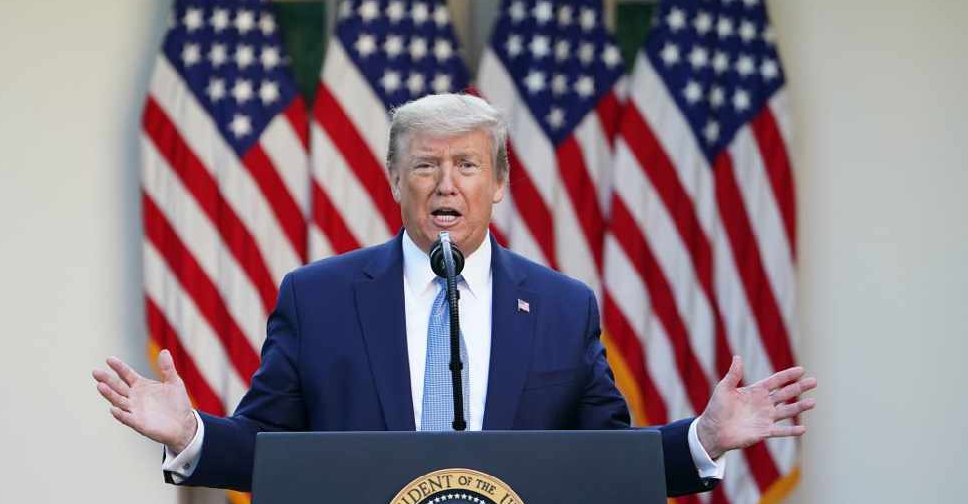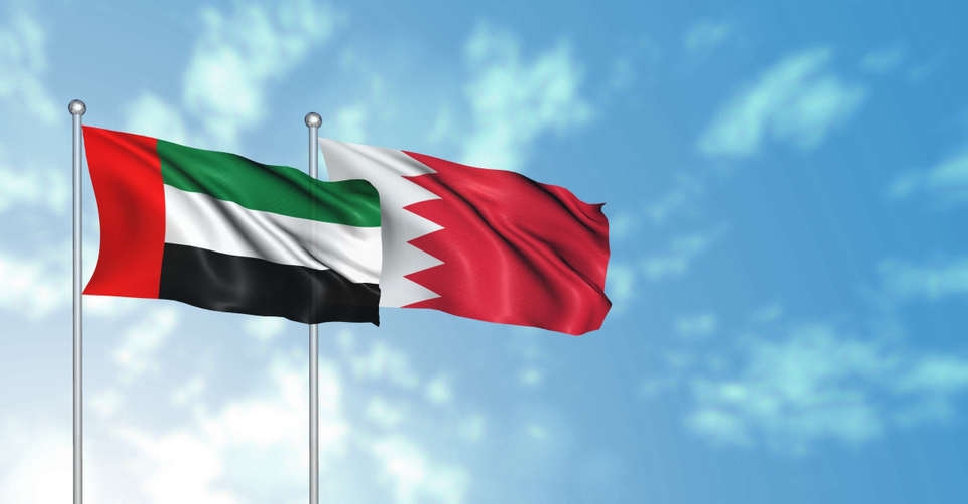
Federal Reserve Chair Janet Yellen seems to be coming around to what her one-time rival, Lawrence Summers, has been arguing for a while: Some of the forces holding down interest rates may be long-lasting and secular. That’s reflected in a marked downgrade in rate projections released by policy makers after their meeting on Wednesday. Six of 17 now only see one rise this year, after the central bank lifted rates effectively from zero in December. Officials also slowed the pace of expected moves in both 2017 and 2018: They now only foresee three increases in each of those years, down from the four they expected in March, according to their latest median forecast. Yellen in the past has ascribed the low level of rates mainly to lingering headwinds from the financial crisis -- tight mortgage credit, for instance -- and suggested that they would dissipate over time. On Wednesday, though, she also pointed to more permanent forces that could depress rates for longer, namely, slow productivity growth and aging societies, in the U.S. and throughout much of the world. ‘New Normal’ In a press conference after the Fed held policy steady, Yellen spoke of a sense that rates may be depressed by ”factors that are not going to be rapidly disappearing, but will be part of the new normal.” Summers, who was in the running to get the Fed job before losing out to Yellen in 2013, has been contending for several years that the U.S. and other industrial countries are mired in “secular stagnation” of scant economic growth. A key component of his argument: An excess supply of savings and a paucity of demand is depressing equilibrium interest rates in the advanced world, making it difficult for central banks to ease credit enough to lift growth and inflation. The equilibrium, or neutral rate, is the one that balances the supply of and demand for savings in an economy. If a central bank wants to spur growth it has to cut rates below that level. Signing On Michael Feroli, chief U.S. economist at JPMorgan Chase & Co. in New York, said Yellen seemed to be signing on to Summers’ argument when it comes to rates but not to growth. “I think she’s embraced the new neutral, new normal -- whatever you want to call it -- as it relates to the funds rate, but perhaps not to growth,” he said, noting that the Fed’s long-run economic forecasts for 2 percent growth were untouched. “It’s not quite as pessimistic as Summers, but they’re definitely conceding a little that lower productivity could be here for a while,” said Feroli, who lowered his forecast for Fed hikes this year to one from two following the press conference. In a blog posting Tuesday, former Treasury Secretary Summers likened the Fed’s actions in recent month to “Groundhog Day.” It keeps poking its head up hoping to raise interest rates only to back away in the end. Summers, now a professor at Harvard University, has argued in the past that the Fed should not raise rates until its see the “whites” of the eyes of inflation. On Hold At least one Fed policy makers seems to be listening, based on the so-called dot plot of Fed officials’ rate forecasts released today. The official sees the Fed holding rates steady in 2017 and 2018 after raising them once this year. In contrast, Yellen said many Fed policy makers expect to increase rates in the coming years as the headwinds from the financial crisis dissipate further. She did though take note of other forces that could keep rates low for years. “There are also more long lasting or persistent factors that may be at work that are holding down the longer-run level of neutral rates,” she said. Near Zero Fed officials reduced their estimate of the long-run equilibrium federal funds rate to 3 percent from 3.25 percent in March, according the median forecast released on Wednesday. Yellen suggested though that for now, the neutral rate may be around zero, after taking account of inflation. “Persistent slow growth despite a very low level of the nominal funds rate and the fact that the crisis was now seven or eight years ago has led the Fed to be more open to the idea of a new normal with lower interest rates,” said Jonathan Wright, an economics professor at Johns Hopkins University in Baltimore. The debate over the appropriate stance of monetary policy -- and in particular the level of the equilibrium interest rate now and in the future -- is taking place against an international backdrop where rates have turned negative in many countries. The yield on Germany’s 10-year government bund, Europe’s benchmark security, fell below zero for the first time on record on Tuesday, as investors sought safe-haven assets ahead of next week’s vote by the U.K. on whether to remain in the European Union. Yellen said the U.K. referendum was a factor in the U.S. central bank’s decision to hold interest rates steady at its meeting Wednesday in Washington. “It is a decision that could have consequences for economic and financial conditions in global financial markets,” she said. A vote on June 23 by Britons to leave the EU “could have consequences in turn for the U.S. economic outlook,” she said. By Rich Miller/Bloomberg



 Disney settles suit over women's pay for $43 million
Disney settles suit over women's pay for $43 million
 Etihad Airways adds ten new destinations for 2025
Etihad Airways adds ten new destinations for 2025
 Trump pledges new tariffs on Canada, Mexico, China
Trump pledges new tariffs on Canada, Mexico, China
 UAE and Bahrain finalise ICV programmes procedures
UAE and Bahrain finalise ICV programmes procedures

